Option-Adjusted Spread (OAS) is a crucial metric used in active management of fixed income portfolios to provide insights into the yield difference between a bond and a risk-free benchmark, adjusted for any embedded options. These spreads are particularly important for understanding the true additional yield of bonds with features like call or put options. By accounting for these options, OAS offers a more accurate measure of the bond’s credit risk and potential returns. At Cumberland, we utilize OAS to help determine security weightings across our Gov/Credit strategies.
OAS is one of several key metrics used for analyzing the market’s appetite for risk, and the market’s payment to an investor for taking on ratings risk, by comparing the yields of high yield and investment grade corporate bonds. High yield bonds, often referred to as “junk bonds,” typically have higher OAS compared to investment grade bonds due to greater credit default risk.
As of January 2, 2025, the OAS for high yield corporate bonds, represented by the Bloomberg US Corporate HY Index, is approximately 2.82% above the risk-free rate. In contrast, the OAS for investment grade corporate bonds is around 0.80% above the risk-free rate, represented by the Bloomberg US IG Corporate Index. This significant difference reflects the higher risk premium demanded by investors for holding high yield bonds, which are more susceptible to default compared to their investment grade counterparts. When determining whether to allocate to high-yield or high-grade bonds, the spread difference between high yield and high grade is an important input in determining relevant value and potential future relative performance. The compression or expansion of this difference meaningfully impacts relative returns between them. Currently, the spread difference of 2.02% is in the lower decile when looking back over the past 15 years, implying that the market sees less overall credit risk differentiation and is not paying investors as much to take on the additional ratings risk.
Beyond comparing the two, one also should look at the gross level of spread being offered to invest in corporate bonds when determining value. Both indexes are currently trading around 15-year lows as seen in the chart below. While Cumberland utilizes the High Yield index to help determine positioning and relative cheapness, our focus is on the investment grade corporate and taxable municipal OAS as a high-grade manager.
Shifting our focus to asset class comparisons, taxable municipal bond OAS currently paints a similar picture to corporate spreads by offering an additional yield above risk-free assets near 15-year lows (see chart below). As of January 2, 2025, the option-adjusted spread (OAS) for investment-grade taxable municipal bonds stands at approximately 0.74% yield above risk-free yields, as indicated by the Bloomberg US Taxable Muni Index, in contrast to investment-grade corporate bonds, which have an OAS of 0.80% above risk-free yields. This is a tight difference between the two indices and indicates that investors currently demand only slightly higher yields for corporate bonds compared to taxable municipal bonds, broadly. Historically, corporate bonds have generally yielded more than taxable municipal bonds. However, there have been periods, such as from June 2020 through January 2021, where taxable municipal bonds yielded more than corporate bonds. These fluctuations are influenced by various factors, including changes in interest rates, economic conditions, and investor demand for tax-advantaged income.
Over the past decade, our Gov/Credit strategies have capitalized on the tightening of OAS by sustaining an overweight allocation in spread securities, which include a mix of taxable municipals and investment-grade corporates. This approach has enabled our strategy to achieve strong relative performance while maintaining a high overall credit quality bias. We believe that a significant portion of potential gains have already been realized as spreads have contracted, prompting us to consider this an opportune time to "take a little off the table." A corporate weighting below the benchmark seems feasible. Additionally, we have been reducing our investments in taxable municipal securities while simultaneously increasing our holdings in treasury securities.
Taxable municipal bonds and corporate bonds are near 15-year tights in OAS and payment for risk is low on a historical basis. At Cumberland, we actively manage portfolio exposure within asset classes based on market dynamics and our outlook, including OAS levels as discussed. A taxable strategy that is not static, and does not have limitations on exposure to taxable municipals or high-grade asset classes within the index, provides managers flexibility to analyze OAS and potential opportunities for adding alpha.
Daniel Himelberger
Portfolio Manager & Fixed Income Analyst
Email | Bio
Cumberland Advisors utilizes the indices provided as an indicator and does not trade some of the securities within them.
Links to other websites or electronic media controlled or offered by Third-Parties (non-affiliates of Cumberland Advisors) are provided only as a reference and courtesy to our users. Cumberland Advisors has no control over such websites, does not recommend or endorse any opinions, ideas, products, information, or content of such sites, and makes no warranties as to the accuracy, completeness, reliability or suitability of their content. Cumberland Advisors hereby disclaims liability for any information, materials, products or services posted or offered at any of the Third-Party websites. The Third-Party may have a privacy and/or security policy different from that of Cumberland Advisors. Therefore, please refer to the specific privacy and security policies of the Third-Party when accessing their websites.
Sign up for our FREE Cumberland Market Commentaries
Cumberland Advisors Market Commentaries offer insights and analysis on upcoming, important economic issues that potentially impact global financial markets. Our team shares their thinking on global economic developments, market news and other factors that often influence investment opportunities and strategies.

